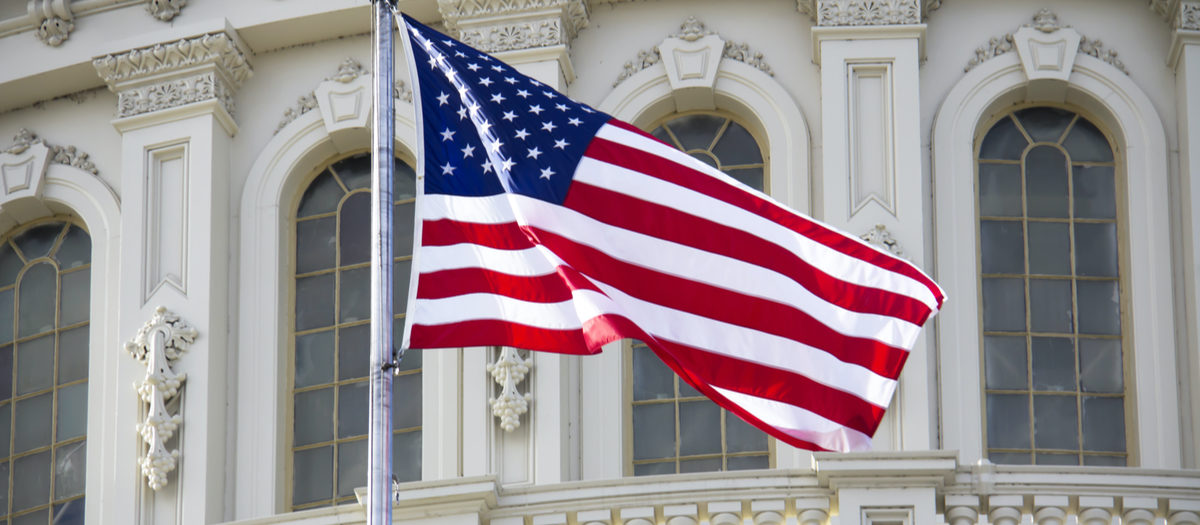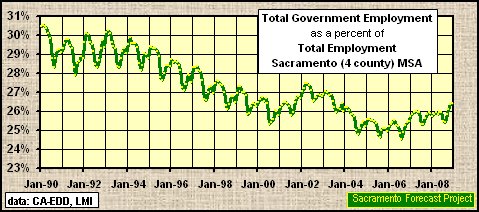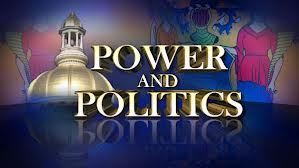[ad_1]
by Jamison Koehler on June 12, 2022

According to the “Rule of Lenity,” a court docket should really construe any ambiguity in the language of a criminal statute in favor of the defendant. The stakes in a prison case are significant. The pondering behind this rule of statutory construction – also recognised as the “rule of strict construction” — is that you want to be guarantee that the legislature definitely intended to proscribe the perform in dilemma before you upend a person’s lifetime with a criminal conviction.
In two latest opinions, the D.C. Courtroom of Appeals situations has interpreted software of this rule in the nation’s capitol. In In re Willie Richardson, __ A.3d. __ (D.C. 2022), for example, the appellant sought to use the principle to a scenario in which he argued that four Facebook messages he despatched in violation of a short term safety get (TPO) constituted one particular criminal offense, not four.
The Court explained the current state of the regulation in D.C. as follows:
The rule of lenity states that legal statutes ought to be strictly construed and that ambiguities ought to be settled in favor of the defendant. However, this rule of statutory building is triggered only if we can initially say that a provided statute’s language, framework, function and legistative leaves its this means truly in question. (Inner citations and quotations omitted.)
The D.C. Courtroom of Appeals explained the rule in similar fashion in a more latest circumstance, Craig Lee v. United States, __ A.3d __ (D.C. 2022):
The rule of lenity is only utilized to take care of ambiguity in penal statutes. The rule . . . can suggestion the equilibrium in favor of felony defendants only exactly where, exclusive of the rule, a penal statute’s language, framework, purpose and legislative heritage leave its indicating genuinely in question. Importantly, the rule is a secondary canon of building, and is to be invoked only wherever the statutory language, construction, function, and historical past leave the intent of the legislature in genuine doubt. (Inner citations and quotations omitted.).
In both of those scenarios, the Court docket uncovered that the rule did not apply.
Justice Brett Kavanaugh also weighed in as portion of his concurrence in Shular v. United States, 140 S.Ct. 779, 789 (2020). The courts must initially use, he wrote, “all of the conventional resources of statutory interpretation.” Only then, if the statute continues to be “grievously ambiguous [such] that the court can make no much more than a guess as to what the statute implies,” will the rule of lenity implement.
[ad_2]
Resource connection





More Stories
Digital Law Firm Marketing: Best Techniques for Online Growth
Choosing the Right Louisiana Property Damage Attorney: A VITAL Guide
Get Ready for Success: Dive Bomb Industries Waterfowl Gear Explained